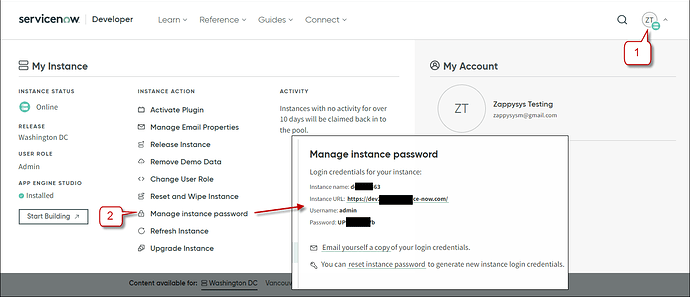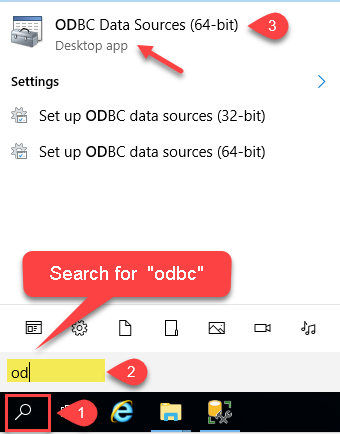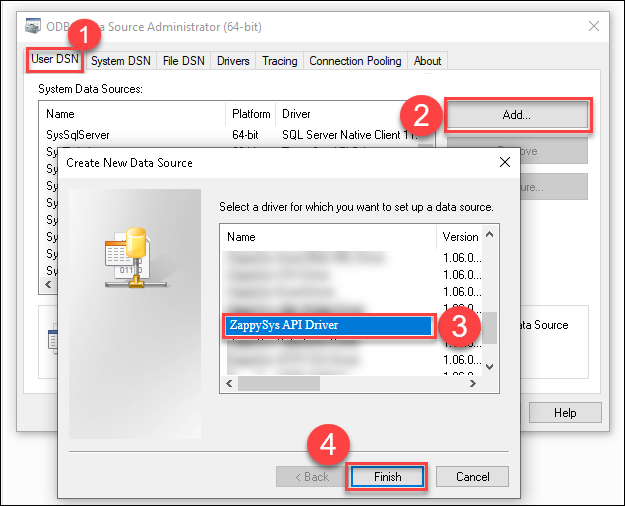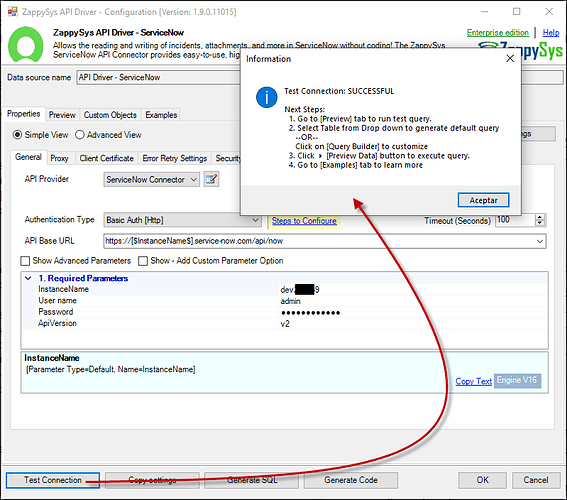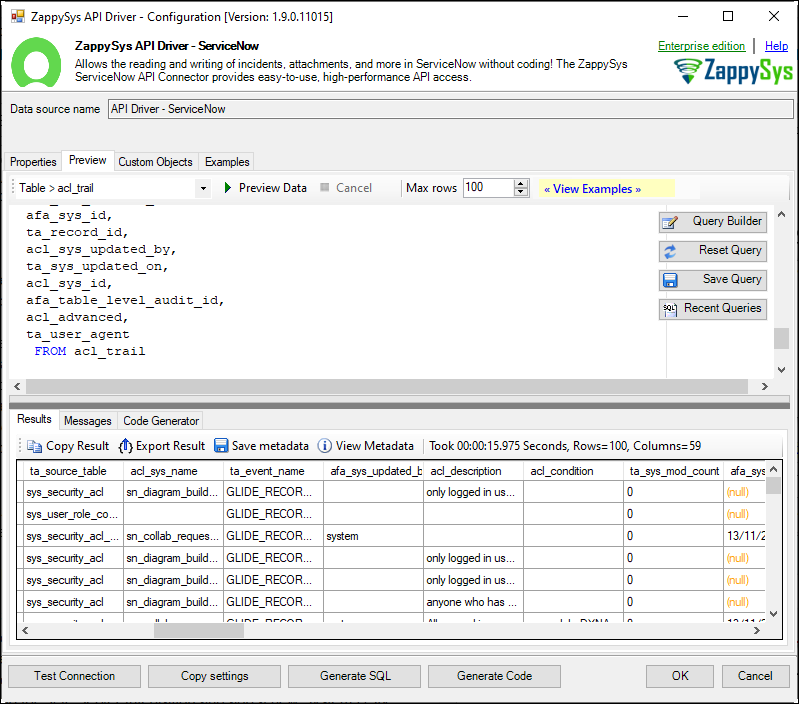Introduction
Connecting Ruby to ServiceNow via ODBC enables seamless integration with your IT service management (ITSM) data, allowing you to automate workflows, retrieve incident reports, and interact with ServiceNow records programmatically. The ruby-odbc gem will enable you to establish a secure connection, execute queries, and enhance data management within ServiceNow. This guide will walk you through the installation, configuration, and troubleshooting process to ensure a smooth connection between Ruby and ServiceNow using ODBC.
Prerequisites
- ODBC PowerPack: Download and install the ZappySys ODBC here.
- ServiceNow Account
Steps
Step 1: Installing Ruby and the ruby-odbc Gem
Some versions of Ruby may not be fully compatible with the ruby-odbc gem. To ensure proper functionality, using Ruby 3.1.xis recommended, as newer versions may introduce compatibility issues.
- Download the installer from Ruby installer
- Install Ruby and DevKit.
- Open Command Prompt as an administrator.
- Verify the version you are using with this command
ruby -v - Install the
ruby-odbcgem with the following command:gem install ruby-odbc - Verify the gem installed with this command:
gem list ruby-odbc
Note: If you encounter installation issues, you may need administrative permissions.
Step 2: Obtain ServiceNow Credentials
- Log in to ServiceNow Developers.
- Click on your profile icon and select your instance.
- Click “Manage instance password.”
- Note the Instance name, Username, and Password.
Step 3: Create a New ODBC Driver
-
Search for “ODBC” on your system and open the ODBC Data Source application.
-
Under User DSN or System DSN, click Add to add a new System DSN and select ZappySys API Driver.
-
Choose ServiceNow as the connector and click Continue.
Step 4: ServiceNow Connector Configuration
-
Enter your Instance name, Username, and Password and test the connection.
-
In the Preview Tab, select a table, preview the data, and click OK to save.
Step 5: Connecting Ruby to ServiceNow via ODBC
Once the DSN is set up, you can use ruby-odbc to establish the connection and run queries. Create a Ruby file, e.g., ServiceNowRuby.rb :
require 'odbc'
# DSN name configured in ODBC
# DSN name configured in ODBC
dsn = "API Driver - ServiceNow" # Replace with the correct name
begin
# Connect to the database using DSN
db = ODBC.connect(dsn)
# Verify connection
puts "✅ Successfully connected to ODBC"
# Execute a test query
query = "SELECT * FROM acl_trail" # Adjust according to your database
stmt = db.run(query)
# Check if there is data
rows = stmt.fetch_all
if rows.empty?
puts "⚠️ No data found in the database."
else
# Display results
rows.each do |row|
puts row.inspect
end
end
# Close connection
stmt.close
db.disconnect
rescue ODBC::Error => e
puts "❌ Connection error: #{e.message}"
end
When you run the code, it will call the ServiceNow API via ODBC and retrieve data about your campaign lists.
Common Errors and Solutions
 Error:
Error: cannot load such file -- dbi (LoadError)
Cause: You are trying to use the dbi gem, but it is not installed.
Solution:
gem install dbi
gem install dbd-odbc
 Error:
Error: ERROR: Failed to build gem native extension.
Cause: A compiler or necessary libraries are missing when compiling the gem. Solution: Install MSYS2 and ensure gcc and make are available.
 Error:
Error: Data source name not found, and no default driver specified.
Cause: The DSN is not configured, or the driver is not installed. Solution:
- Verify the configuration in
odbcad32.exe - Ensure the DSN name in the code exactly matches the one configured in ODBC.
 Error: Issues with Ruby Version
Error: Issues with Ruby Version
Cause: Some Ruby versions may not be compatible with the ruby-odbc gem, especially if they are too new or old. Solution:
- Check your Ruby version with:
ruby -v
- If your version is 3.2.x and you experience issues, try using an earlier version of Ruby (e.g., 2.7.x) or use RVM to switch versions:
rvm install 2.7.8
rvm use 2.7.8
Conclusion
To start, download and install the ZappySys ODBC PowerPack to enable ODBC connectivity.
Integrating Ruby with ServiceNow through ODBC provides a powerful way to manage ITSM data, automate tasks, and streamline operations. Following this guide, you can configure your connection, troubleshoot potential issues, and optimize your workflow. If you encounter difficulties, review the error logs and verify your DSN setup.
Related Links:
Contact Us
If you encounter any challenges or have specific use cases, please contact our support team via chat or ticket.
